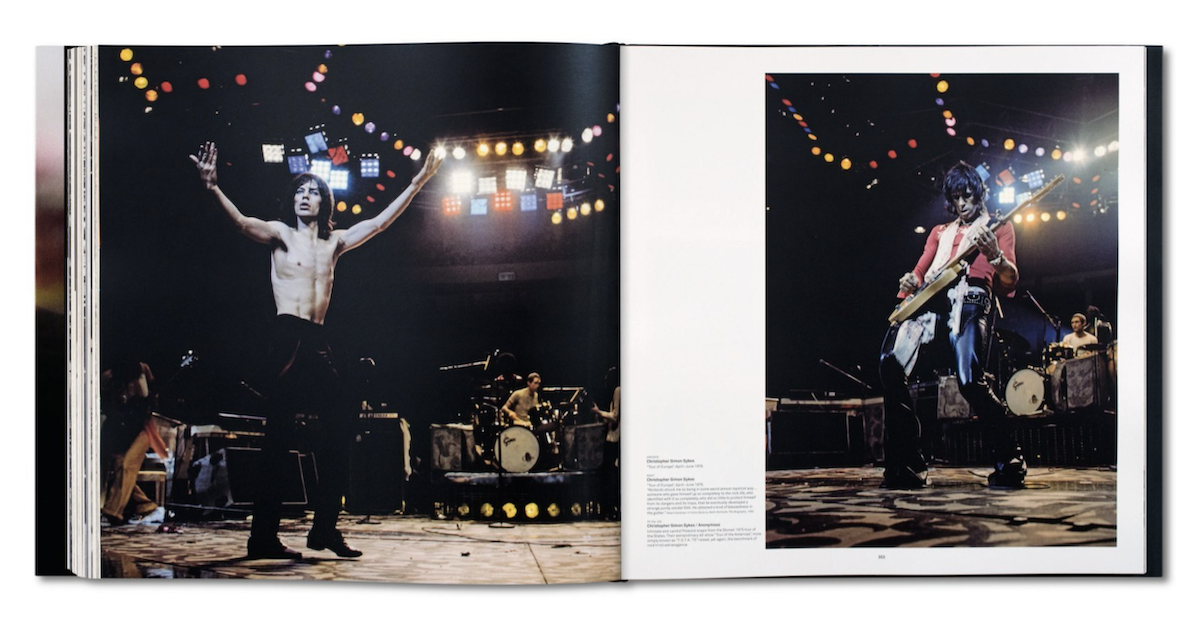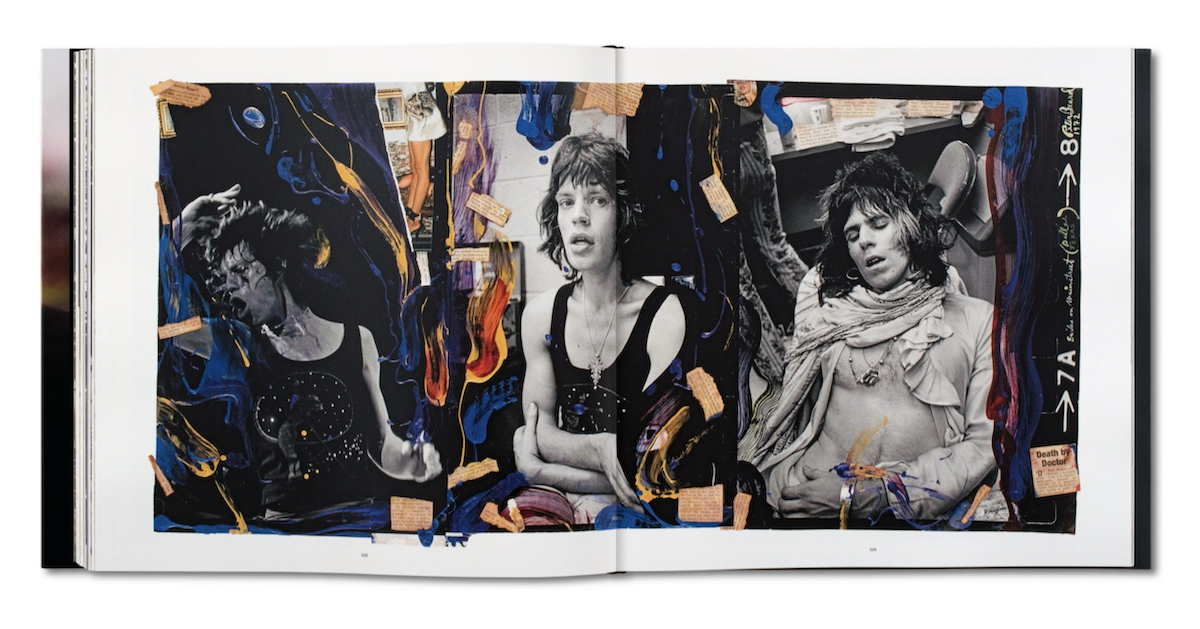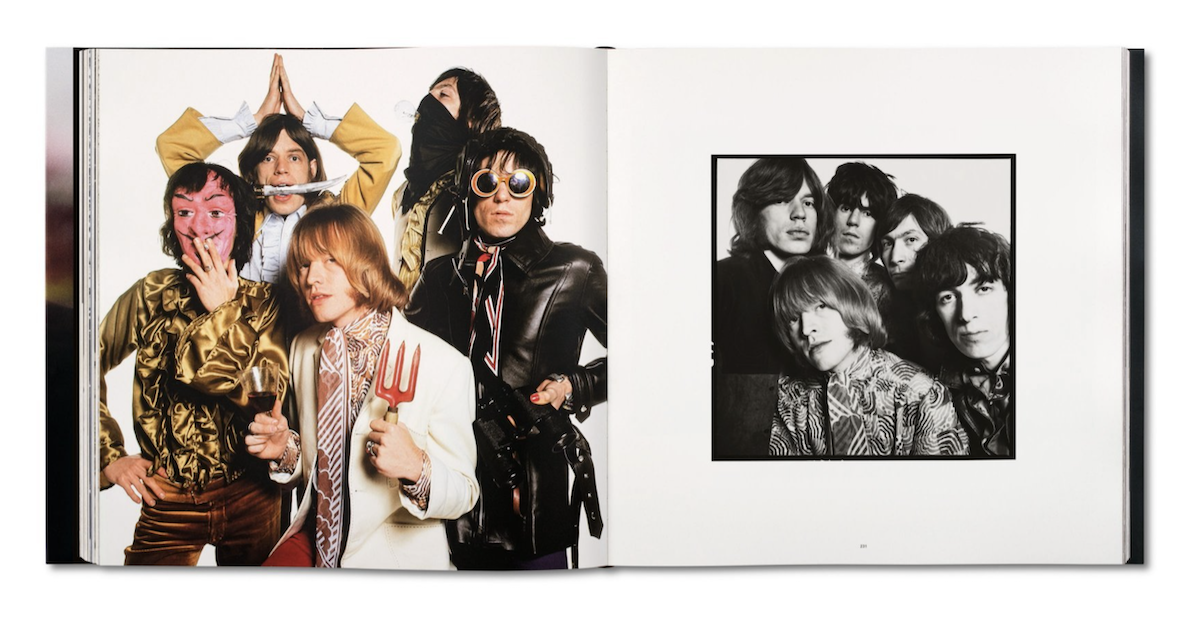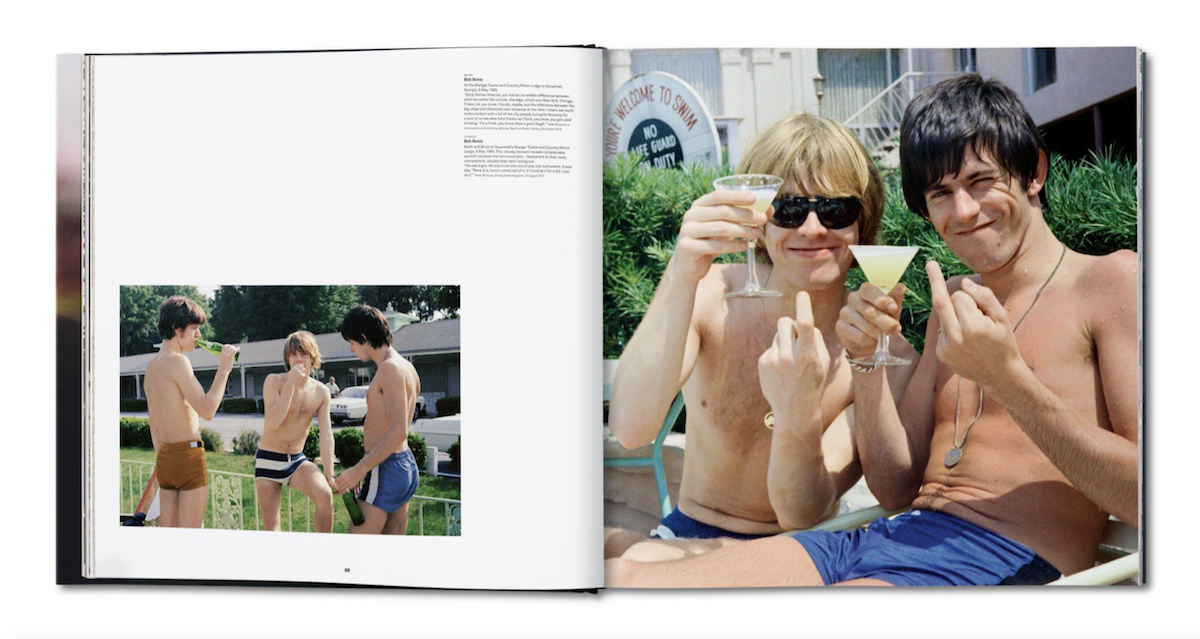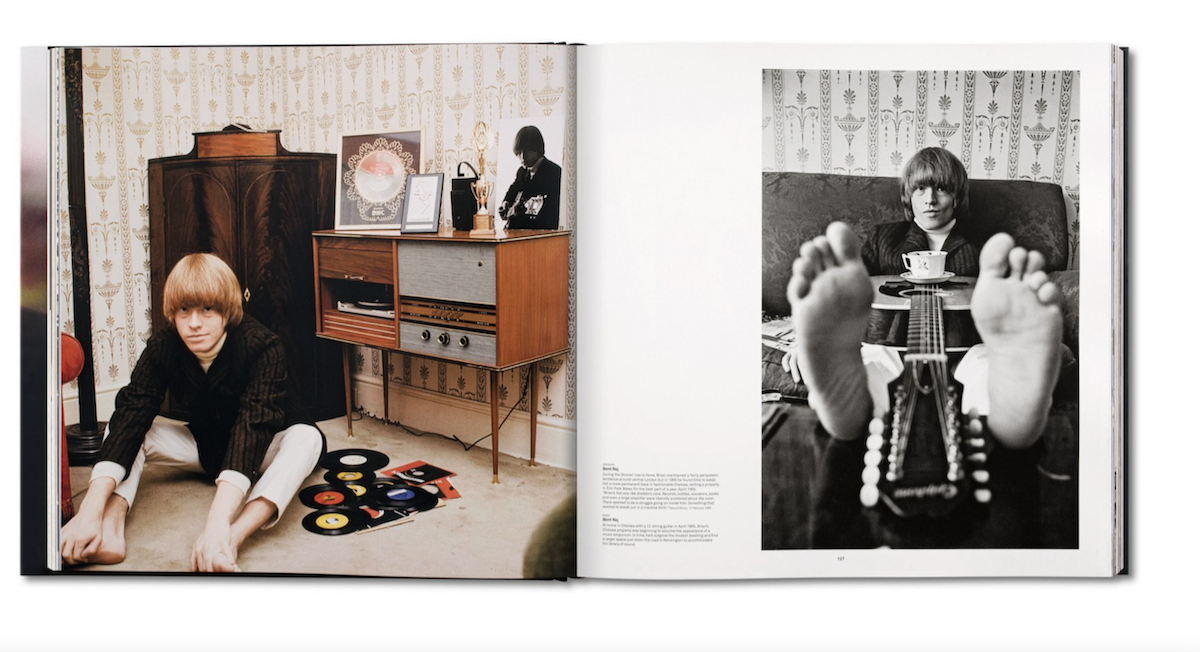Whatever you say to people this holiday season, whether it involves a “happy” or a “merry” or a nothing at all, maybe we can agree: winter holidays can brighten up a dark time of the year, even if they’re also fraught with family tension and other stresses. Maybe not everyone’s great at decorating or singing holiday songs, but we can all appreciate a job well done. Holiday lights shine like beacons on dark, cold winter nights… we swoon to the sounds of the Beastie Boys’ “Sabotage,” Mountain’s “Mississippi Queen,” and Peaches’ “Fuck the Pain Away”.…
Well, I don’t know what your holidays are like, but those all work for me.
There are plenty of great Christmas songs—many written and recorded by Jewish songwriters, Andrew Frisicano points out at Time Out—and many a great Hanukkah song, some written by gentiles.
But when Dave Grohl and Foo Fighters producer Greg Kurstin decided to celebrate the Festival of Lights and chase away the darkness of a particularly dark winter, they went with standards you won’t find in any songbook. Their latest Hanukkah cover, Bob Dylan’s “Rainy Day Women #12 & 35,” maybe comes closest to that other big holiday.
After his conversion to Christianity, Dylan went wild for Christmas, hosting a “Yuletide extravaganza” on his Theme Time Radio Hour. In their celebrations this year, Grohl and Kurstin decided “instead of doing a Christmas song,” as the Foo Fighters’ singer said in their announcement video at the top, they would “celebrate Hanukkah by recording eight songs by eight famous Jewish artists and releasing one song each night of Hanukkah.” In addition to those named above, they’ve also covered Drake’s “Hotline Bling,” a favorite of Jewish grandparents everywhere over the holidays.
Grohl himself is not Jewish, but Kurstin is. In any case, they’ve both thrown themselves wholeheartedly into the endeavor. What would you like to see next up on the setlist? I don’t think they’re taking requests, but a little “Heaven’s on Fire” might be nice, or a nice long cover of “Sister Ray”? Just throwing that out there.
The dynamic Hanukkah duo have given us a way to reimagine holiday music, and with “all the mishegas of 2020,” as they write in their Twitter announcement for the Hanukkah Sessions, I think we might as well say why not and seize the moment. See the full playlist of Grohl and Kurstin’s Hanukkah Sessions here.
Related Content:
Bob Dylan Reads “‘Twas the Night Before Christmas” On His Holiday Radio Show (2006)
David Byrne Creates a Playlist of Eclectic Music for the Holidays: Stream It Free Online
Hear Paul McCartney’s Experimental Christmas Mixtape: A Rare & Forgotten Recording from 1965
Josh Jones is a writer and musician based in Durham, NC. Follow him at @jdmagness

